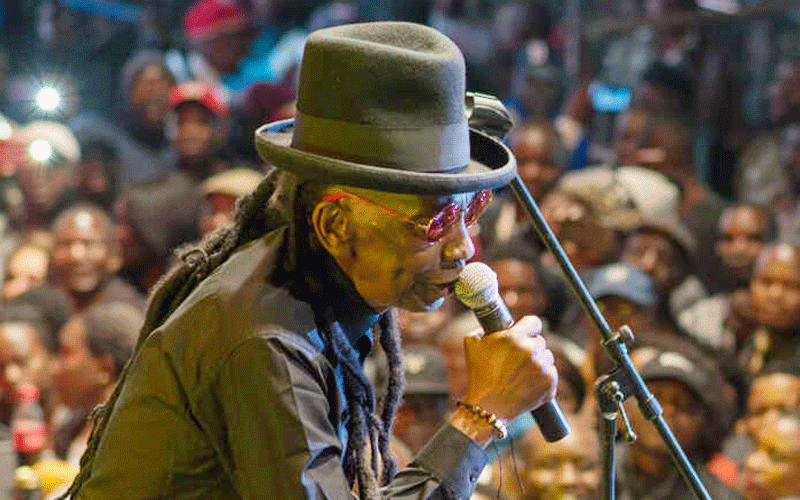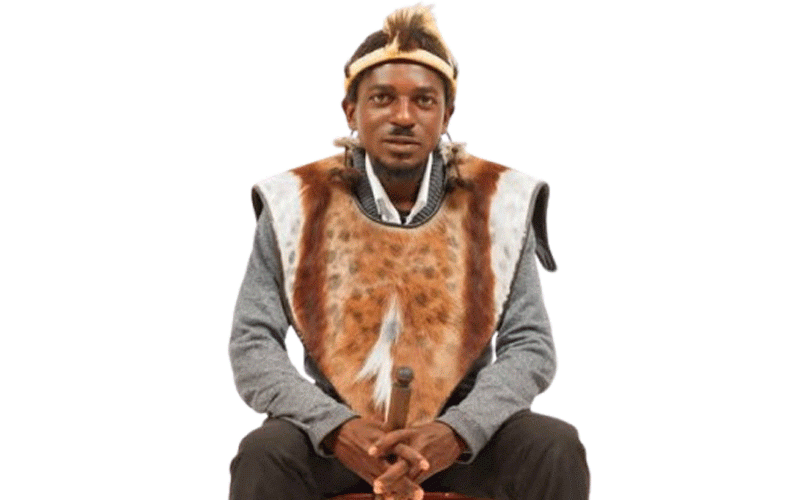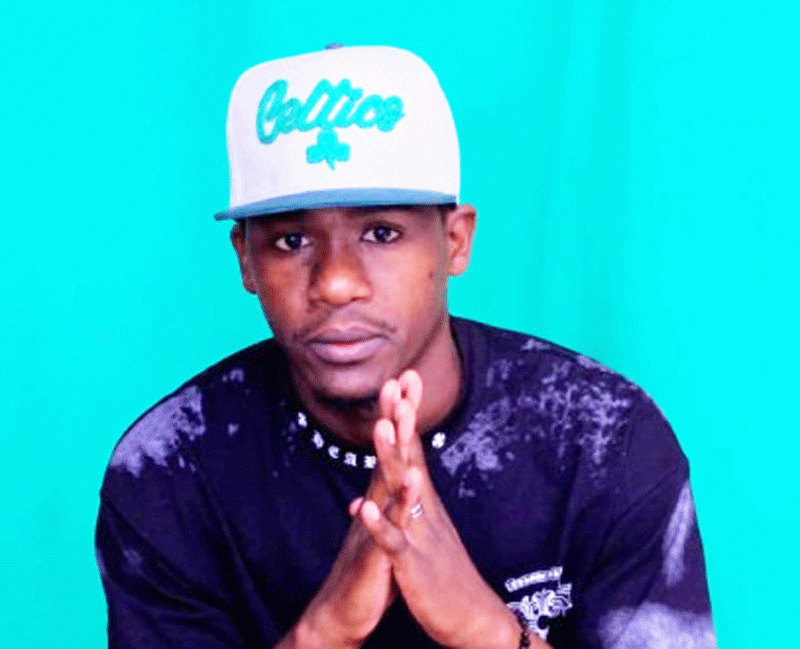
Many if not most men, since we crawled out of caves, have seen themselves as hunters and I’m no different.
Food and Drink with Dusty Miller
My very early memories are of hunting rats at harvest time on a neighbour’s farm, armed with sticks, stones, scythes, shovels, old golf clubs, .177 and .22 air rifles, 3-bore garden guns, .410 shotguns and excited yapping dogs.
We took out hundreds of the vermin: their repulsive carcasses piled as high as a man’s shoulders, to be burnt.
Later we moved on to shooting grey squirrels, threatening the native red squirrel population, eating eggs and chicks of valuable game birds, poultry and nesting wild birds and destroying saplings in natural and planted forest. As we earned half-a-crown (two-shillings-and-sixpence) for each “tree rat’s” tail, when air gun “slugs” were five-shillings for 500, significant profit added considerable spice to fun and thrills.
Paid to decimate a wood pigeon population whose ever increasing numbers (and their bodily functions) threatened the wooden structure of a paper mill, we carried out duties with alacrity, selling victims’ corpses to a local pub for pigeon pie, hunters’ stew etc. I’ve hunted small game for the pot on three continents.
I covered and helped a hunt for three man-eating lions which had strayed from a national park. Having tasted human blood they had to be dispatched before killing again.
And I’ve no regrets that several years later I helped hunt man’s most cunning foe — man— hate-filled killers of the likeable farmer who’d led the team of hunters who’d shot the lions which had slaughtered his black neighbours.
- Chamisa under fire over US$120K donation
- Mavhunga puts DeMbare into Chibuku quarterfinals
- Pension funds bet on Cabora Bassa oilfields
- Councils defy govt fire tender directive
Keep Reading
But for many years now, I have hunted only with a camera. And my most successful “bag” ever in one day of “shooting” big (and small) game was in Chobe National Park, northern Botswana on a day trip from Victoria Falls.
Very recently I revisited Chobe and can confirm you will see, photograph, film, sketch, or whatever, more game and delightful bird life in a couple of hours there than you would in a couple of days in the Kruger National Park in South Africa, the Masai Mara in Kenya or indeed Zimbabwe’s prolific wildlife areas.
For US$170 (it was US$150 in 2006) I went after an early breakfast from the stunning Ilala Lodge Hotel by a comfortable bus to the steaming hot Kazungula border post, almost where the frontiers of Zimbabwe, Zambia, Botswana and Namibia’s historic Caprivi Strip meet. There are no visa fees charged for entering Botswana, but a British tourist travelling with us was annoyed to hear he would have to fork out US$55 to re-enter Zimbabwe after the day’s adventure.
No one had told him about multiple entry visas and he’d paid US$55 to come into Zimbabwe at Beitbridge, US$50 to get into Livingstone, Zambia for lunch the previous day; then another US$55 to re-enter Zimbabwe two hours later; nothing to get into Botswana, but another 55 bucks to cross the frontier at dusk and spend the night before flying back to the West Midlands. Is this the way to attract returning travellers?
You drive by Botswana-registered bus to wildlife rich Kasane-Chobe, where on previous trips we have had coffee and snacks at Chobe Marina Lodge, formerly a Three Cities hotel. On my visit there a fortnight ago, there were no hot drinks and biscuits, but we went almost straight onto the river (a tributary of the Zambezi) where the West Midlander was outraged by the behaviour of our fellow passengers.
He did have a point. They were seven Japanese from apparently one family, plus a singleton and the family bellowed, shouted, screamed, constantly answering international cellphone calls and making more. We wanted to photograph elephants and birds in peace, not be subjected to a General Tojo lookalike apparently sacking men in Nagasaki!
On a morning boat trip on the Africa Odyssey and afternoon guided jeep tour of the world-famous Chobe National Park, all 10 566 sq km of it, home to the world’s largest elephant population (an estimated 45 000) we saw and snapped:
Thousands of jumbo (granted, probably seeing some herds more than once);
Hippo, swimming and grazing on shores, some mixed with jumbo herds; Cape buffalo: the bundu’s most dangerous beast, in fairly large numbers;
Lion: two young females sleeping after a kill; Black-backed jackal — single male; Kudu — plenty; Impala — several small herds; Eland: several in the park (and roast leg of same, with game chips, salads and pickles was for lunch at the Marina Lodge); Sable: extended family group; Warthog and bush pig — lots; Giraffe: several small groups; Zebra — family; Crocodile: six or seven in the river or basking; Baboon and grey vervet monkeys: hoboes; Leguaan (or monitor lizard) — two; Tortoise: leopard tortoise — one.
Butterflies fluttered by and we saw literally thousands of birds: especially raptors such as the graceful African fish eagle with its haunting ringing cry of “kyow-kow-kow”, bateleur; Cape, lappet faced and white backed vulture, brown and black breasted snake eagle, Ayres’ and African hawk eagles, scores of African open-billed storks, red-billed hornbills, many smaller riverine and terrestrial birds, magnificent waterfowl and countless LBJs!
While the Japanese tourists and the guy from Coventry lunched reportedly fairly lavishly at Chobe Marina Lodge, I was collected by safari vehicle to do a quick once-over of the nearby and spectacular Cresta Mowani Safari Lodge and Spa a few minutes’ drive away and run by the legendary former Zimbabwean hospitality professional John Gray (ex-Harare Sheraton and Elephant Hills.)
It really was a fleeting visit as Gray had to finish a report and I had under an hour to look around, soak up as much of the atmosphere as possible, grab a bit of lunch: potato and onion soup with croutons, braaied pork chop and chicken leg, lovely saladaand two life-saving crisp and chilled Botswana-brewed St Louis Export Lagers, before dashing back for the afternoon leg.
Next time I “do” Chobe I’ll take the morning cruise and have lunch at the Marina, spend the afternoon evening and next morning at Mowani, take the afternoon game drive and the bus back to Zimbabwe 24 hours later than has previously been the case.
The first time I was ever in the Chobe I was “hunting” for a story and/or pictures of the then newly remarried (at the stunning Chobe Safari Lodge) colourful Hollywood divorcees Richard Burton and Elizabeth Taylor, nearly 40 years ago!
Tracking their “spoor” on honeymoon to the original Elephant Hills Hotel, on the site of the present one at Victoria Falls (one of the seven natural wonders which I’m sure the couple never saw!) Burton’s otherwise monosyllabic thuggish minders threatened to feed me to the crocodiles if I continued to try to practice my profession.
I reluctantly decided discretion was much the better part of valour! Which is possibly why you are reading this!











